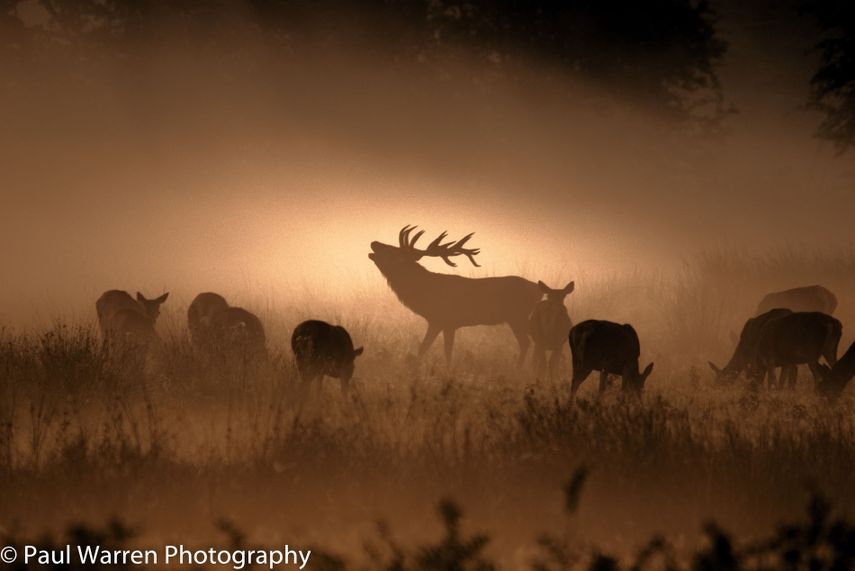

If there’s more than one focal point, how are both points laid out on the page? How does that direct your eye? How does the composition affect the feeling of the piece? Make a point to notice this when you look at art. One part of the piece might have more going on, or more visual “weight,” which draws your eye to that part. Pieces with a symmetrical composition(the same on both sides) tend to feel very calming, while asymmetrical pieces(different on either side) feel more dynamic. Look at different pieces of artwork and how the composition affects the mood. So Why is Composition Important?Ĭomposition is important because it shapes the viewer’s experience of the artwork.Ĭomposition is a big part of what makes a piece eye-catching and dynamic, or calm and soothing, or disorienting and off-kilter. The way you choose to arrange those objects in your final piece is the composition. Maybe you’re painting a still life of objects on a table. This is kind of an abstract concept so let’s clarify: composition is NOT the actual subject of your art, but where you put it.įor example, you might paint a picture of a dog and position the dog slightly off-center on the canvas. It’s simply where the different parts of your piece actually end up on the page to create the whole. You might consider this exactly the same as the “layout” of a piece(a term you hear a lot in graphic design).Ĭomposition is essentially the same thing. That means if you buy something we get a small commission at no extra cost to you( learn more)Ĭomposition is the arrangement or placement of visual elements in a piece of artwork. Also see chiaroscuro, color, encaustic, highlight, monochrome, nuance, tone, and value.Tips Written by McKella Sawyer Disclosure: This post may contain affiliate links. Chalkboard comes from the College of Art at Southern Arkansas University. It has an excellent page on color saturation and intensity.

Failure to distinguish pastels (tints) from pastels (the medium) results in ambiguity.Other Internet resources concerned with tint: "Chalkboard" on color theory, painting materials and techniques. First employed metaphorically by American fashion writers in 1899, "pastel" in this sense might be understood in context, but art writers generally avoid this usage to prevent their readers' confusion. Something is tinted when color is added to it.When light is projected, its color can be tinted by sending it through a filter.The term "pastel" is used by some as a synonym for tints. The tints made from those hues are above them.Tint can also refer to the name of whatever hue is dominant in a color. On the right, pure hues are marked by dots. Value changes from pure hues are called tints and shades. The illustration below diagrams colors of various values. For example, white added to green makes a lighter green tint. A light value of a color, i.e., a light red as opposed to a shade, which is a dark value, i.e., dark red.A soft and light color one to which white has been added. Also, in a mixture of colors, the tint is the dominant color.Screening or adding white to a solid color for results of lightening that specific color. Sources: Ralph Mayer, "A Dictionary of Art Terms and Techniques" Kimberley Reynolds and Richard Seddon, "Illustrated Dictionary of Art Terms" (LPD)Term for a color lightened with white. For example, white paint has the tint of pink because of the addition of a small amount of red to white. Color variation that results from mixing the dominant color with a small quantity of another color.


 0 kommentar(er)
0 kommentar(er)
